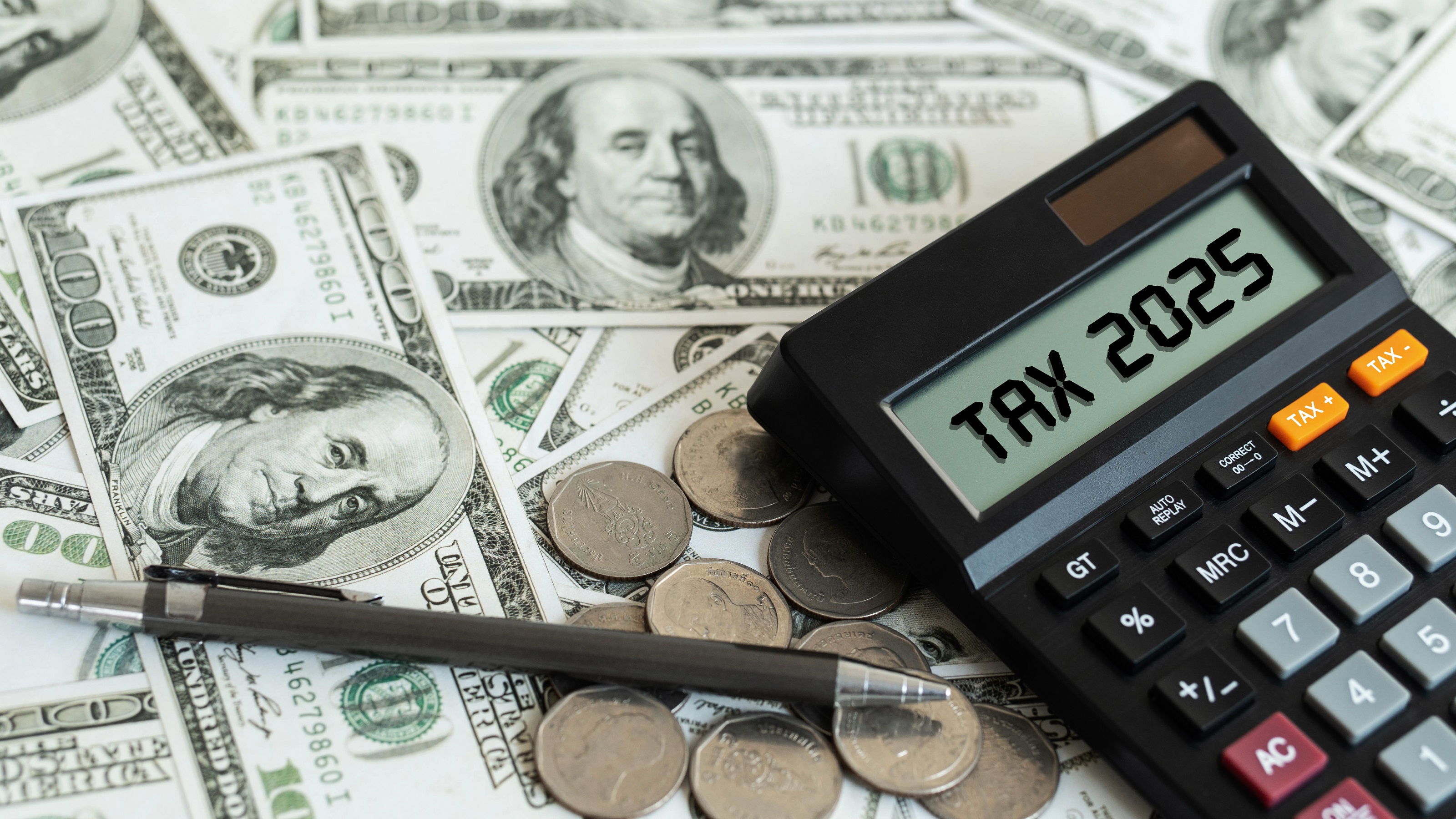Bond Basics: Zero-Coupon Bonds
These investments are attractive only to a select few. Find out if they're right for you.


Bonds help add diversity to your portfolio and control risk. But they can be complicated. Zero-coupon bonds are cheaper to invest in than conventional bonds but have some unique characteristics that set them apart. We can help you understand the basics of zero-coupon bonds and make them work for you.
What is a bond coupon?
Most bonds make regular interest or "coupon" payments — but not zero coupon bonds. Zeros, as they are sometimes called, are bonds that pay no coupon or interest payment. With a conventional bond, you can typically expect to receive a coupon payment every six months. Zero-coupon bonds, on the other hand, credit you with interest but don't actually pay any until maturity.
How do zero-coupon bonds work?
The bonds are sold at a substantial discount from the face value, with the full value paid to the buyer years later. Zeros usually come in denominations as low as $1,000 and, depending on the maturity, are sold at discounts from face or par value of 50% to 75%.

Sign up for Kiplinger’s Free E-Newsletters
Profit and prosper with the best of expert advice on investing, taxes, retirement, personal finance and more - straight to your e-mail.
Profit and prosper with the best of expert advice - straight to your e-mail.
You can buy a zero-coupon bond to pay for college expenses ten years down the road, sock it away, and forget about it until you withdraw the money. You're creating a stream of income that can pay tomorrow's bills today, at a big discount.
Zeros carry the usual market risks for investors, with this added kicker: The company that issues a zero could conceivably default without ever having paid you a penny of interest.
Tax treatment of imputed interest
There's one big gotcha. Even though you receive no annual interest, the IRS requires that you report the imputed interest just as if you were getting the checks. You owe tax each year on the prorated difference between what you paid for the bond and what you'll receive when it matures.
This makes zeros attractive primarily to people with IRAs, which doesn’t require you to pay tax until you take the money out. Zeros are available as municipal bonds, which also spare you the annual reporting chore. Zeros are also an attractive way to give financial gifts to kids who will probably be taxed at a lower rate than you would be.
Treasury STRIPS
Zero-coupon notes and bonds are not issued by the U.S. Treasury. Instead, “Treasury zeros ” are created by financial institutions and securities brokers and dealers through the Treasury’s STRIPS program.
STRIPS stands for “Separate Trading of Registered Interest and Principal of Securities,” and are a way for investors to own parts of eligible Treasury issuances (e.g. notes, bonds). The components of Treasury notes and bonds — the principal and interest of the securities — are separated into distinct holdings, in what is referred to as “coupon stripping.” Each component can be purchased and sold as an individual security on the secondary markets upon separation.
Similar to other zeros, STRIPS trade at a discount to face or par value. The difference between the purchase price and par value is the return earned on the STRIPS.
Bottom line
Zero-coupon bonds trade at a discount and don't pay interest during the term of the bond. The interest isn't invisible to the IRS and must be reported and taxes owed must be paid as if the interest had been received. That's why holding zeros in an IRA is popular. You don't need to worry about paying taxes until you make a withdrawal.
While these bonds don't offer the steady stream of income that conventional bonds do, zero-coupon bonds are often purchased to meet a future expense such as college costs or an anticipated expenditure in retirement.
Related content
Get Kiplinger Today newsletter — free
Profit and prosper with the best of Kiplinger's advice on investing, taxes, retirement, personal finance and much more. Delivered daily. Enter your email in the box and click Sign Me Up.

Donna joined Kiplinger as a personal finance writer in 2023. She spent more than a decade as the contributing editor of J.K.Lasser's Your Income Tax Guide and edited state specific legal treatises at ALM Media. She has shared her expertise as a guest on Bloomberg, CNN, Fox, NPR, CNBC and many other media outlets around the nation. She is a graduate of Brooklyn Law School and the University at Buffalo.
-
 Stock Market Today: Stocks Gain on Tech, Auto Tariff Talk
Stock Market Today: Stocks Gain on Tech, Auto Tariff TalkThe Trump administration said late Friday that it will temporarily halt tariffs on some Chinese tech imports.
By Karee Venema
-
 Sam's Club Plans Aggressive Expansion: Discover Its New Locations
Sam's Club Plans Aggressive Expansion: Discover Its New LocationsSam's Club expansion plans will open up to 15 new stores each year. Learn where they plan to open in 2025.
By Sean Jackson
-
 What DOGE is Doing Now
What DOGE is Doing NowThe Kiplinger Letter As Musk's DOGE pursues its ambitious agenda, uncertainty and legal challenges are mounting — causing frustration for Trump.
By Matthew Housiaux
-
 Trump’s Latest Pitch: No Taxes If You Earn Less Than $150K?
Trump’s Latest Pitch: No Taxes If You Earn Less Than $150K?Taxes The Trump administration reportedly wants to eliminate taxes for certain earners.
By Gabriella Cruz-Martínez
-
 A Move Away From Free Trade
A Move Away From Free TradeThe Letter President Trump says long-term gain will be worth short-term pain, but the pain could be significant this year.
By David Payne
-
 Trump’s Whirlwind Month of Crypto Moves
Trump’s Whirlwind Month of Crypto MovesThe Kiplinger Letter The Trump administration wants to strengthen U.S. leadership in the cryptocurrency industry by providing regulatory clarity.
By Rodrigo Sermeño
-
 What Could Derail the Economy This Year?
What Could Derail the Economy This Year?The Letter While the outlook for the U.S. economy is mostly favorable, there are plenty of risks that bear watching.
By David Payne
-
 Three Ways President Trump Could Impact the Economy
Three Ways President Trump Could Impact the EconomyThe Letter Some of Trump's top priorities could boost economic growth, but others risk fueling inflation.
By David Payne
-
 Key 2025 IRS Updates: What You Need to Know
Key 2025 IRS Updates: What You Need to KnowFrom IRA contributions to Social Security COLAs and the standard deduction, several changes are headed our way. Get ready to make the most of them.
By Andrew Rosen, CFP®, CEP
-
 Europe Faces Economic and Political Headwinds Next Year
Europe Faces Economic and Political Headwinds Next YearThe Letter Challenges for Europe: Potential tariffs, high energy prices and more competition from China will weigh on the bloc in 2025.
By Rodrigo Sermeño